Types of Defects in Bricks
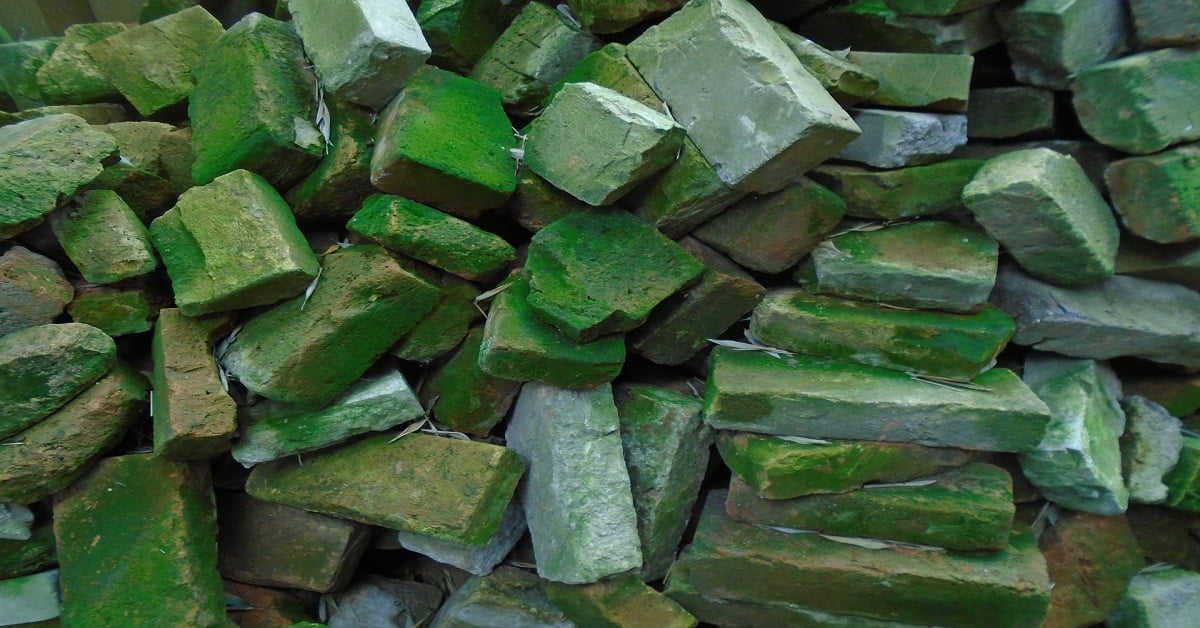
The bricks used in construction must be free from defects in order to ensure the strength and stability of the structure built using those bricks. The causes of defects in bricks and common types of defects in bricks are:
- Overburning
- Underburning
- Bloating
- Black Core
- Efflorescence
- Chuffs
- Checks or Cracks
- Spots
- Blisters
- Spalling
- Lamination
- Lime Blowing
Over burning
When the bricks are over burnt, a soft molten mass is produced. The brick loses its shape. Over burnt bricks are unsuitable for construction works
Under burning
If the bricks are under burnt, the clay is not softened due to insufficient heat. Also the pores remain unclosed. Under burning of brick increases water absorption and decreases compressive strength. Under burnt bricks are also not suitable for construction works.
Bloating
It is the phenomenon by which spongy swollen mass over the surface of the brick is called bloating. Bloating of bricks occur due to the presence of excess carbon and sulphur in brick earth.
Black core
The bitumen or carbon if present in brick earth will not be completely oxidized. Due to improper burning of bricks, formation of black core occurs.
Efflorescence
Efflorescence in bricks due to the presence of alkali (soluble salts). The bricks on contact with moisture, water gets absorbed and alkali crystallizes. On drying grey or white patches form on the surface of the brick. Efflorescence in bricks is minimized by
- Selecting proper clay,
- Preventing moisture to come in contact with brick,
- Providing waterproofing coating,
- Providing damp proof course,
- using water repellent material in mortar.
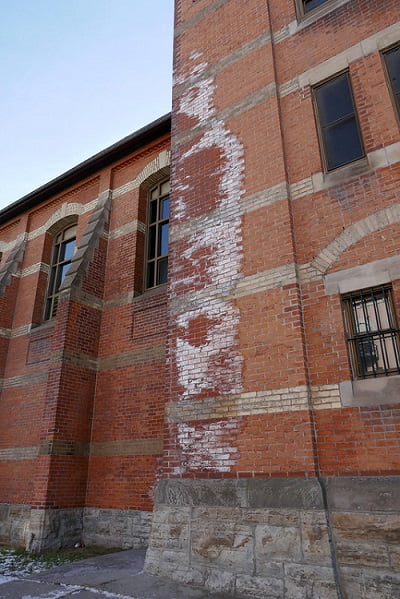
Chuffs
The deformation on shape of the brick due to falling of rain drops on the surface of hot bricks is called as Chuffs.
Checks or cracks
Straight cracks parallel to short surface of brick occur due to rapid drying. Random crack occurs on different brick surface. It is due to the presence of lumps of lime or excess water. If lump of lime is in excess, when bricks come in contact with water, lumps of lime absorbs water causing expansion and disintegration of brick. If water is in excess water during manufacturing, shrinkage and burning cracks occurs.
Spots
Iron Sulphide in clay results in dark spots on the surface of the bricks. Such bricks are not harmful yet suitable for exposed masonry work.
Blisters
It occurs on the surface of sewer pipes and drain tiles. Blisters occur due to air imprisoned in brick during moulding.
Spalling
The phenomenon by which surface of brick flakes off is called as Spalling of brick. It is due to the heating of water inside the brick.
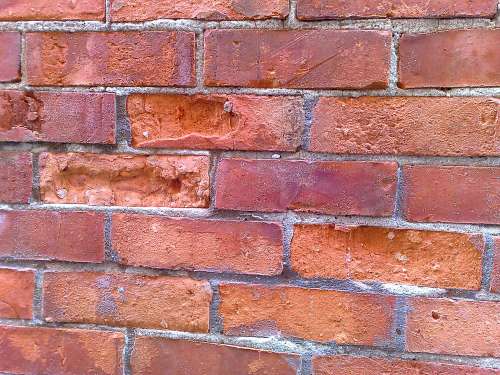
Lamination
The phenomenon in which thin lamina is produced on the brick surface which flakes out on exposure to atmospheric conditions. Lamination of brick is due to the entrapped air present in the voids of clay. Bricks affected by lamination are weak.
Lime Blowing
lump of lime if present in brick earth absorb water and causes the brick to expand on firing. Bricks vulnerable to lime blowing is determined by submerging the brick in water. As a result of lime blowing, the brick fractures and powdery lumps will be exposed.




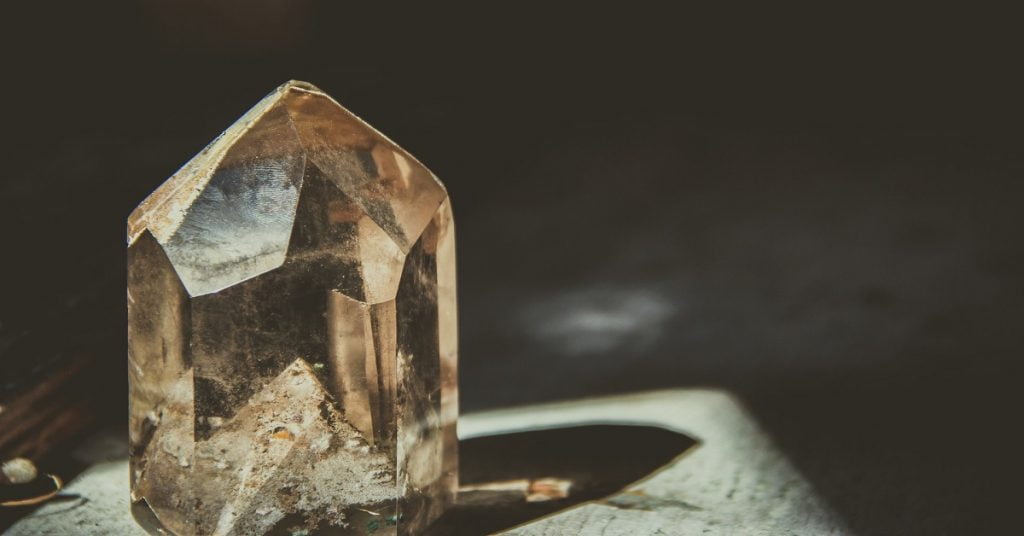
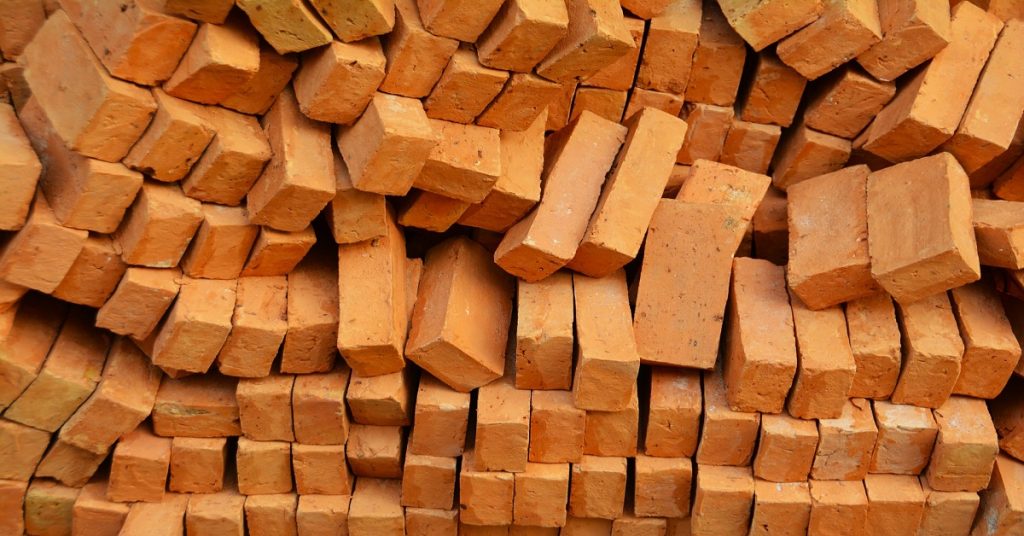
Hi
I am using swarland autumn brown brick on a project, my Bricklayer has identified a problem with most of the brick delivered, the problems are ¦-
Face concave across its length,
Return is not square with the face
Face is not square with top/bottom.
The project is being washed with light so I believe the project will shadow.
Is this a common problem with the swarland or have I been sold Seconds
Manufacturer is Wienerberger
Thanks
Hi, Could you please mail us @ civilunfoldian@gmail.com with clear images so as to get clear vision of your issue.
Thank you